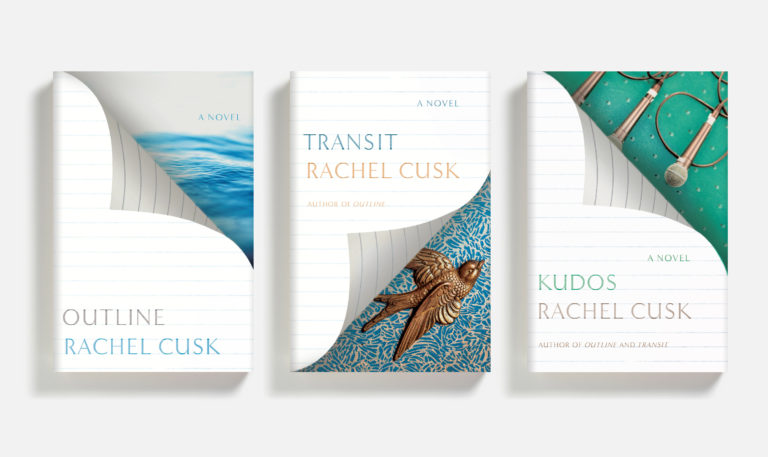
But instead of freedom after leaving her disapproving husband, the immediate result was the loss of her home, money, friends, and, for a year, her daughter, then just four years old. Later on, she tells L she was so struck by the sense of freedom his landscapes emitted that they gave her the courage to change her life. Second Place traces the arc of M's fraught relationship with L, beginning with the moment, as an unhappy "young mother on the brink of rebellion," she first saw his paintings in a Paris gallery. Essentially, it's a domestic novel combined with a novel of ideas in which Cusk continues her cerebral exploration of issues of freedom, how art can both save and destroy us, the rub between self-sacrifice and self-definition in motherhood, and the possibilities of domestic happiness. Unlike the trilogy, it is neither episodic nor plotless. A writer we know only as M delivers a long monologue relaying the story of her obsession with a famous painter dubbed L.

The Outline trilogy is a hard act to follow, but Second Place is an excellent next step.

Would she go back to her earlier, more conventional satires of the stresses of family life? Or would she continue to probe questions about the connection between freedom and gender and art and suffering in serial conversations with strangers?

Rachel Cusk's Outline trilogy, which so brilliantly pushed against the confines of fiction to explore the power of narrative, left us wondering what she would write next.


 0 kommentar(er)
0 kommentar(er)
